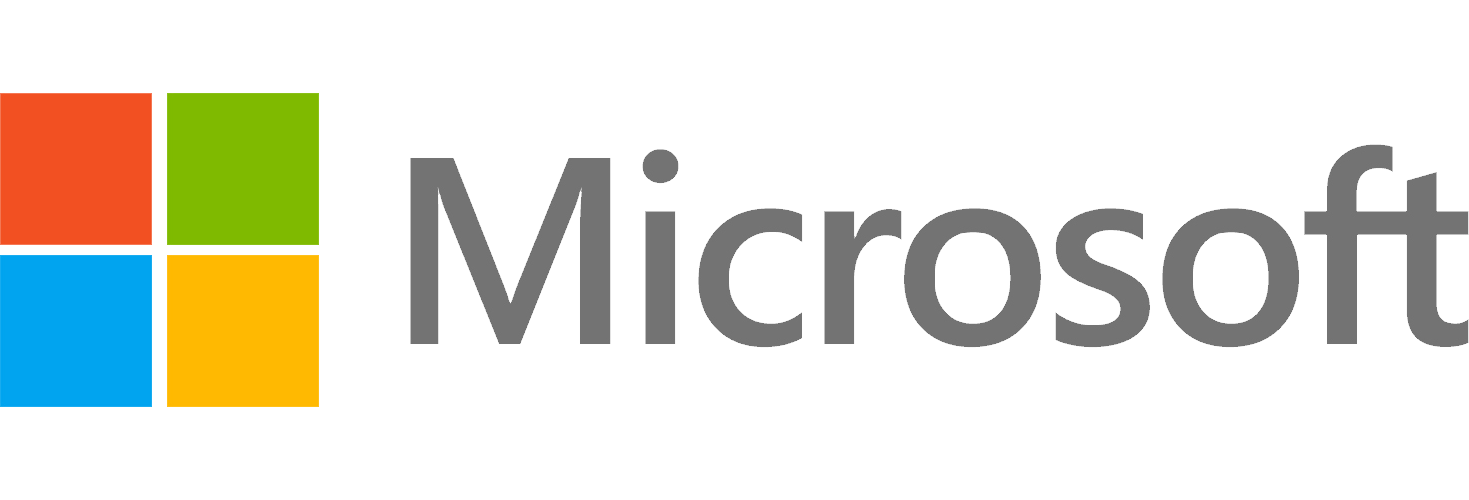
The more data that’s available, the better the training that can be applied to AI models. However, data management and storage is an incredibly resource-hungry undertaking. The sustenance required: electricity and lots of it.
To put it in perspective, by 2030, data centers are expected to be responsible for 8% of global electricity demand. Famously, training GPT-3 with 175 billion parameters produced 502 tons of CO2, the equivalent emissions of 112 gasoline-powered cars over a year.
With this in mind, companies must adapt their approach to building and operating data centers in a way that complements and doesn’t undermine their environmental commitments. Microsoft is addressing this concern with a novel approach that draws inspiration from one of the oldest known building materials on the planet.
Wooden Data Centers
Building is underway for two new data centers — constructed primarily of wood — in Northern Virginia. Of course, a high-tech modern construction project like this won’t take on the look of a log cabin. Instead, Microsft is using cross-laminated timber (CLT), an ultra-lightweight prefabricated wooden material that also benefits from fire resistance.
Using wooden materials will enable Microsoft to use less steel and concrete in the building process. This will significantly lower the carbon footprint of the new datacenters, by 35% when compared to regular steel construction and 65% when compared to precast concrete.
Generally, CLT is made of spruce, pine, or Douglas fir and is created by gluing up to nine layers of timber stacked in alternate directions making it stronger, less heavy, and more durable than regular wood. While CLT is commonly used in the European Union, it is a relatively new addition to low-carbon buildings in the U.S. and Microsoft believes this current project is one of the “first hyperscale examples of engineered wood in a U.S. datacenter.”
Ask Cloud Wars AI Agent about this analysis
Sustainability Goals
In 2020, Microsoft announced that it wanted to become carbon-negative by 2030. Beyond that, by 2050, it would remove from the atmosphere the equivalent of all the carbon the company has emitted since its founding in 1975.
“A lot of our suppliers are on the same journey as we are,” said Richard Hage, Microsoft’s Director of Global Strategy, Data Center Engineering. “[Everyone is] implementing key initiatives to lower the embodied carbon of their materials and their products.”
There’s no way that Microsoft could achieve its sustainability goals if it plowed ahead with its AI strategy and built the data centers to support it using traditional techniques. While Oracle has floated the idea of nuclear power to try and offset the environmental impact of data center development, Microsoft is taking a different tack.
Closing Thoughts
Comparisons are often drawn between the birth of the internet and the emergence of the AI era. More often than not, these conversations revolve around the notion of mistakes (think data privacy and copyright infringement) not to repeat.
However, this news from Microsoft serves as another reminder of just how different this latest technology revolution is likely to be. Not only are companies acting way in advance and preparing for the obstacles they know will arise, but they are doing so with high transparency.
In the past, companies could try things out under the radar, be it in good faith or in the quest for knowledge. When something goes wrong, say a particular manufacturing process causes a negative local impact or customer data is left vulnerable, these events could be rectified and no one would be any the wiser, the company would just try something else.
Today, that’s impossible. The inner workings of organizations are far more transparent, and users expect this degree of transparency to extend to precautionary measures as well as contemporary corporate governance. Thankfully, the major tech organizations have, for the most part, embraced this transparency and as a result, actively demonstrated how, in the future, we all may be able to benefit from progress without sacrifices.

AI Agent & Copilot Summit is an AI-first event to define opportunities, impact, and outcomes with Microsoft Copilot and agents. Building on its 2025 success, the 2026 event takes place March 17-19 in San Diego. Get more details.










